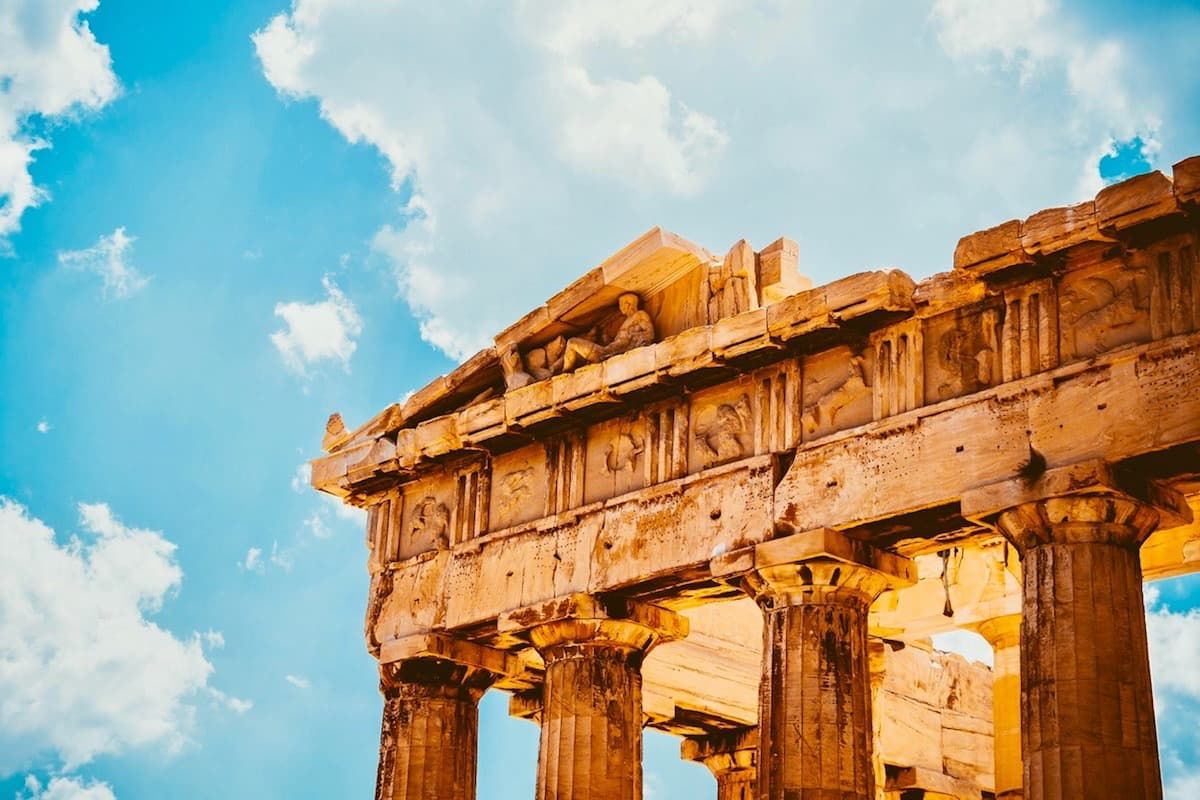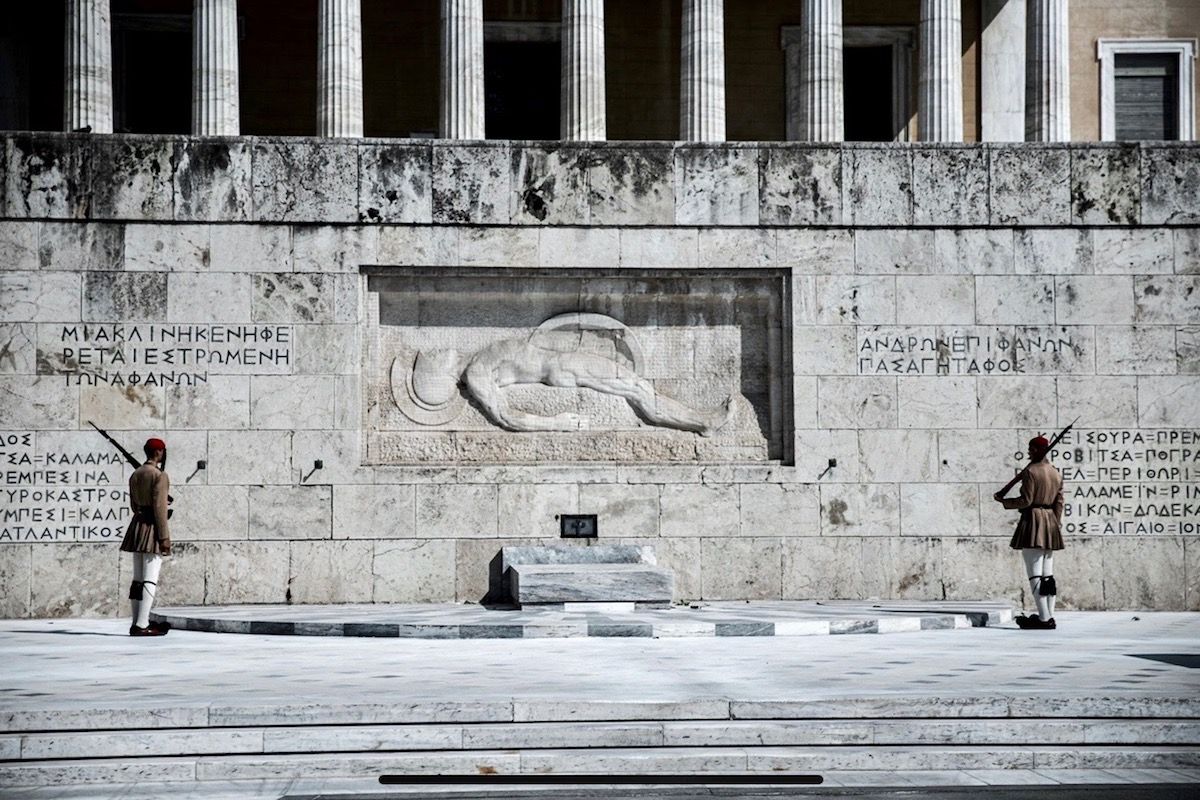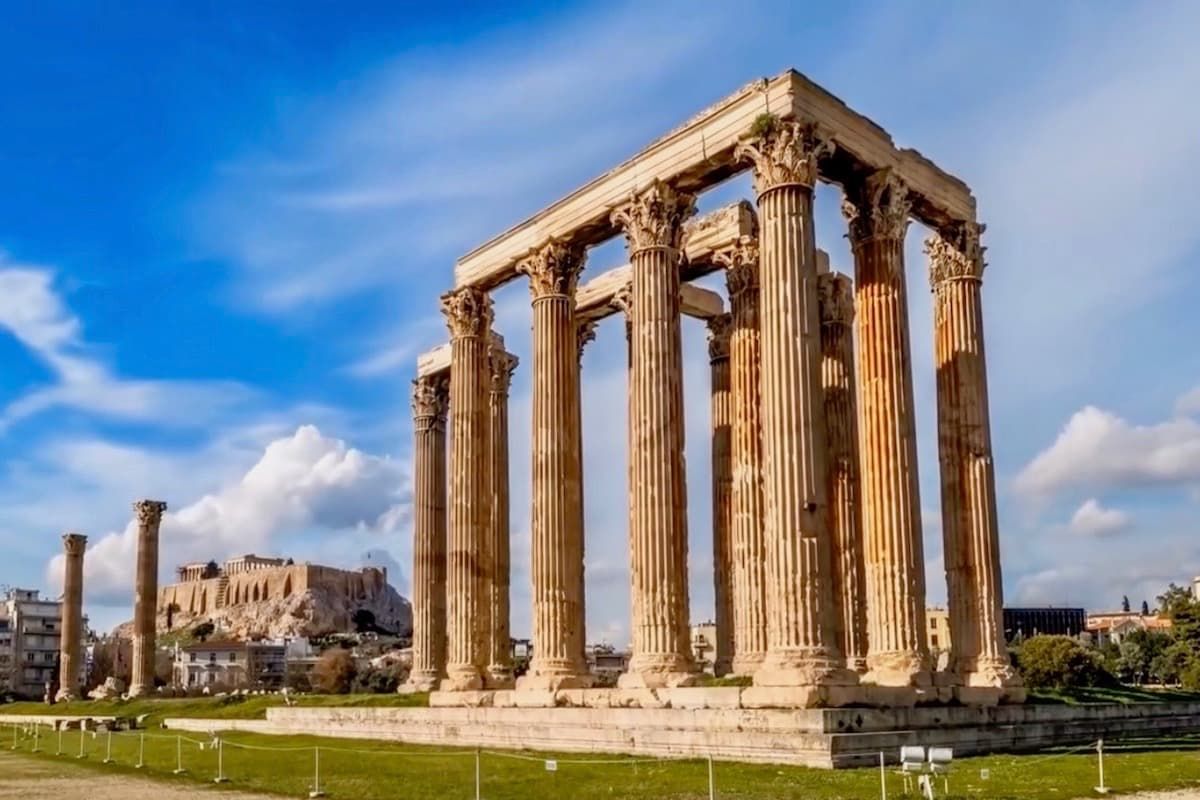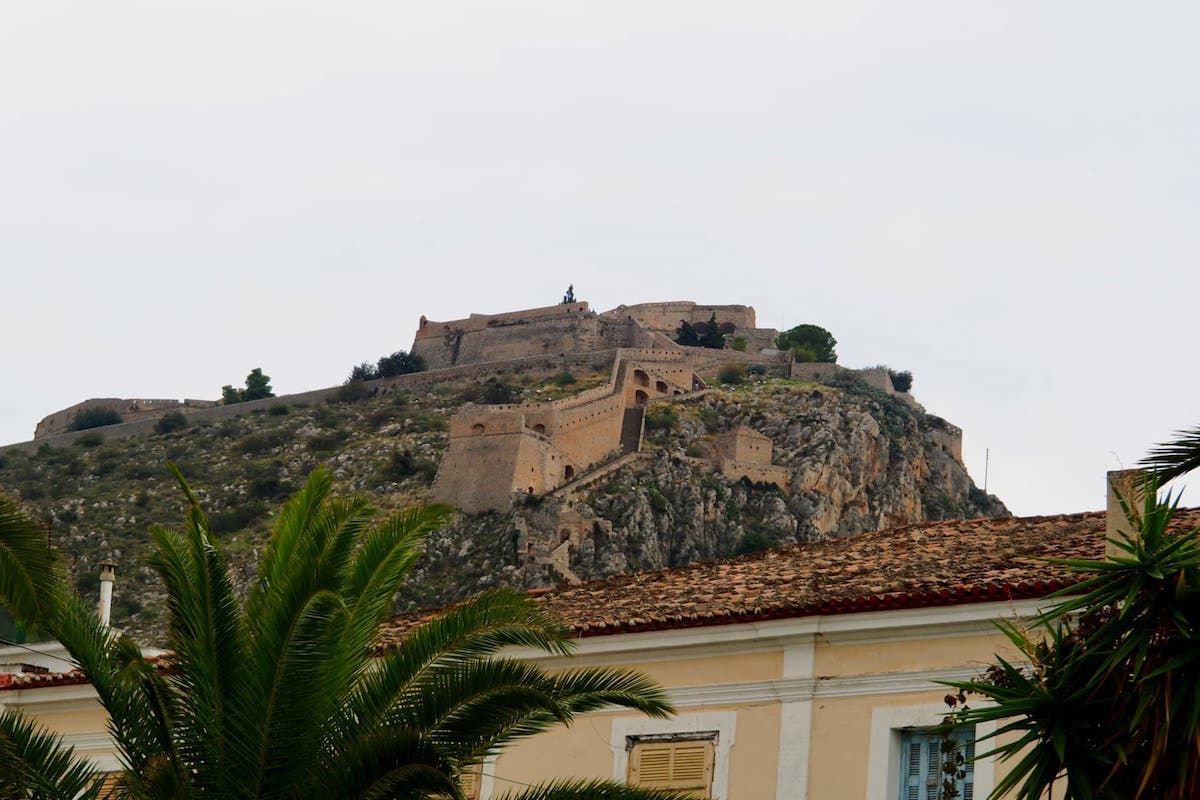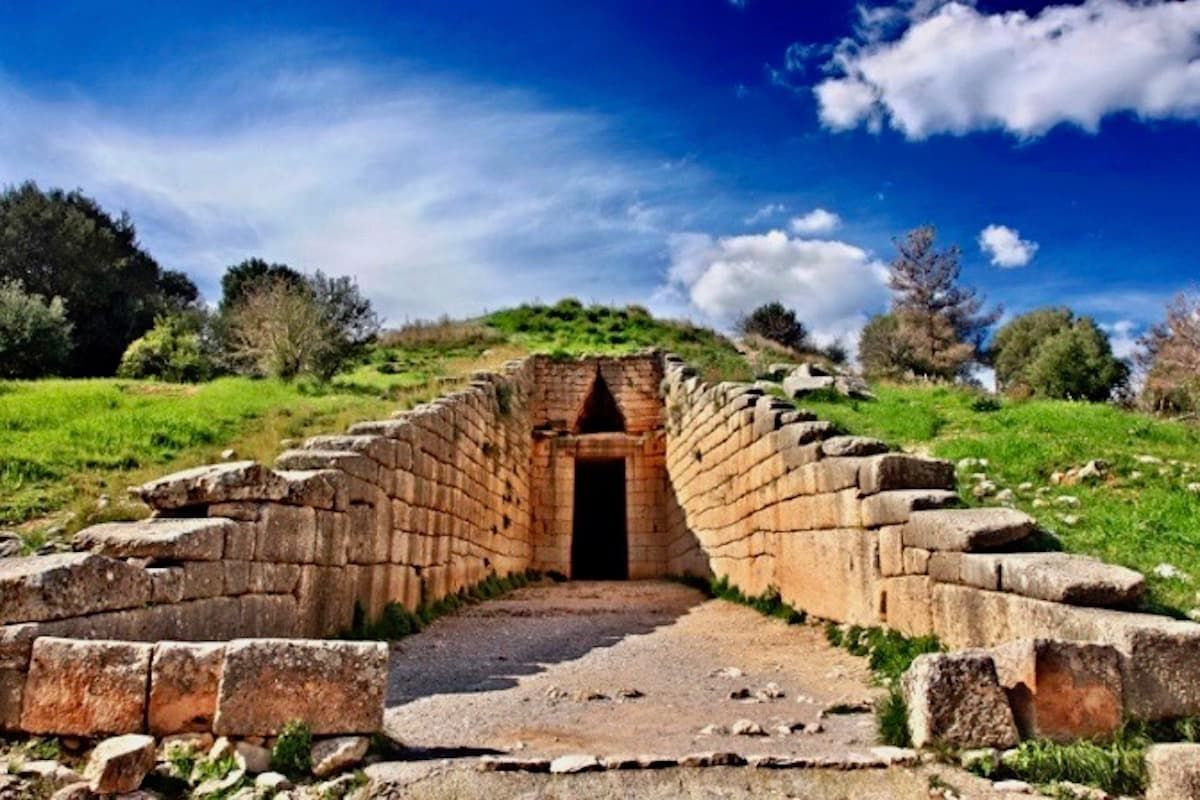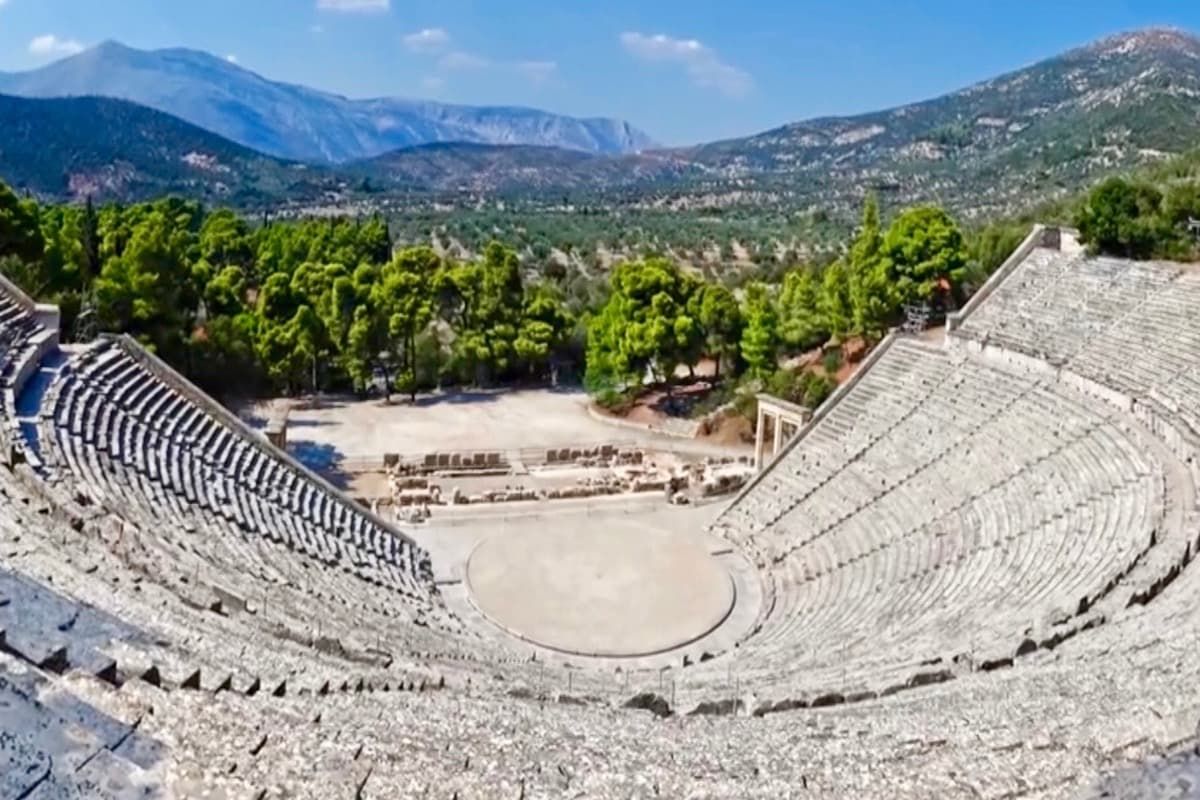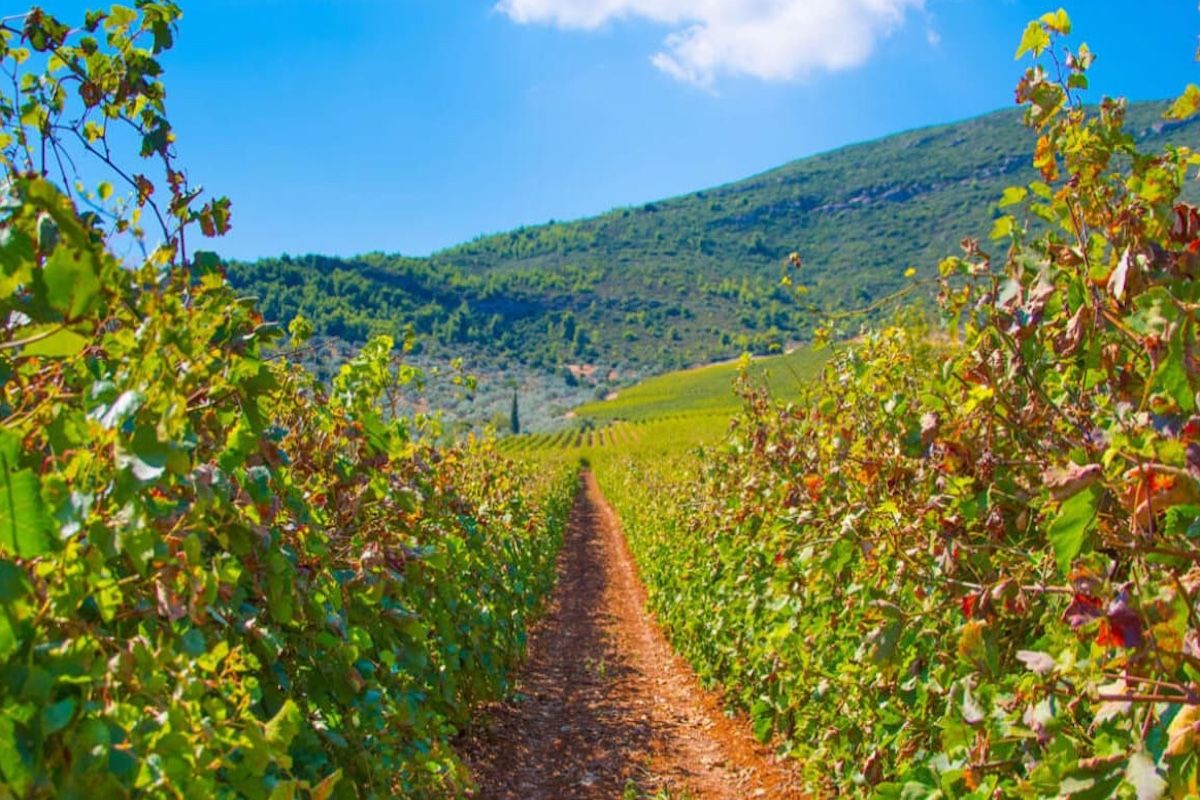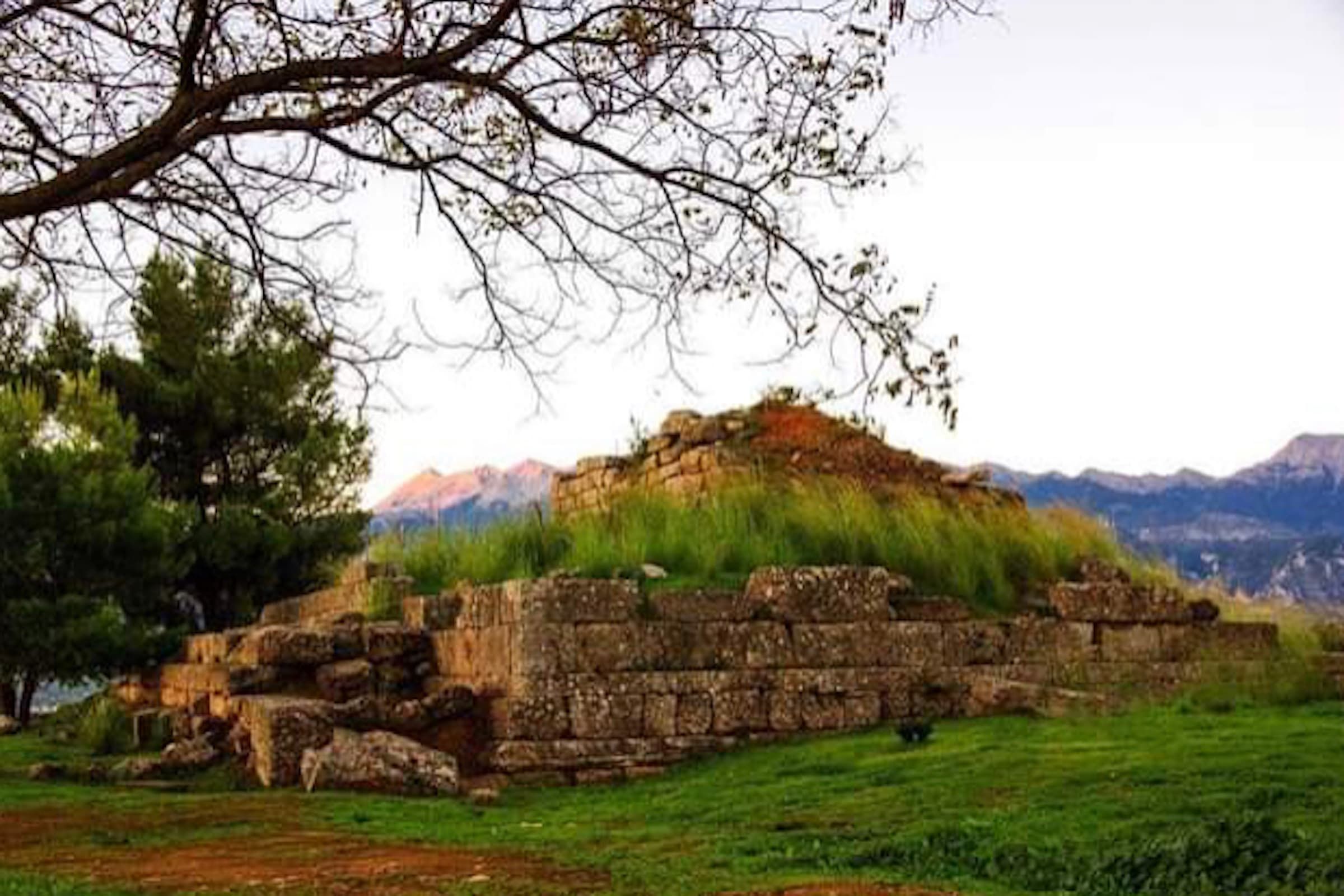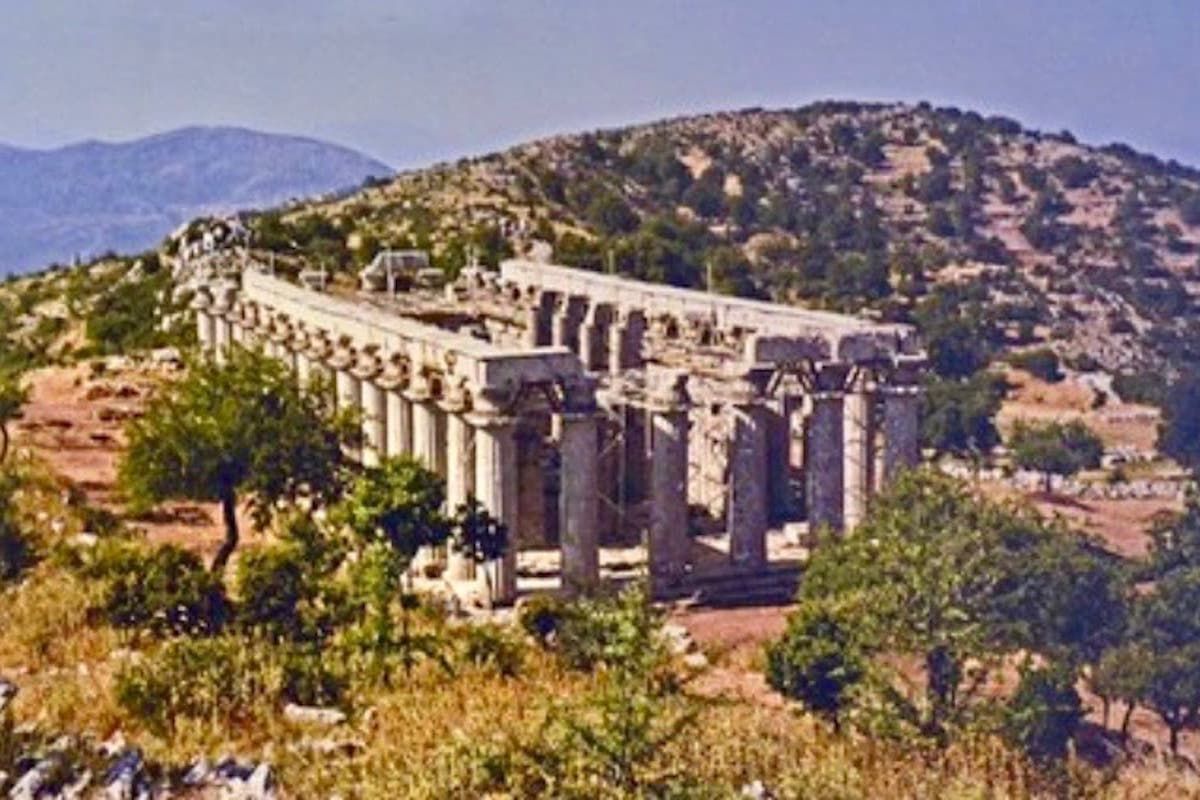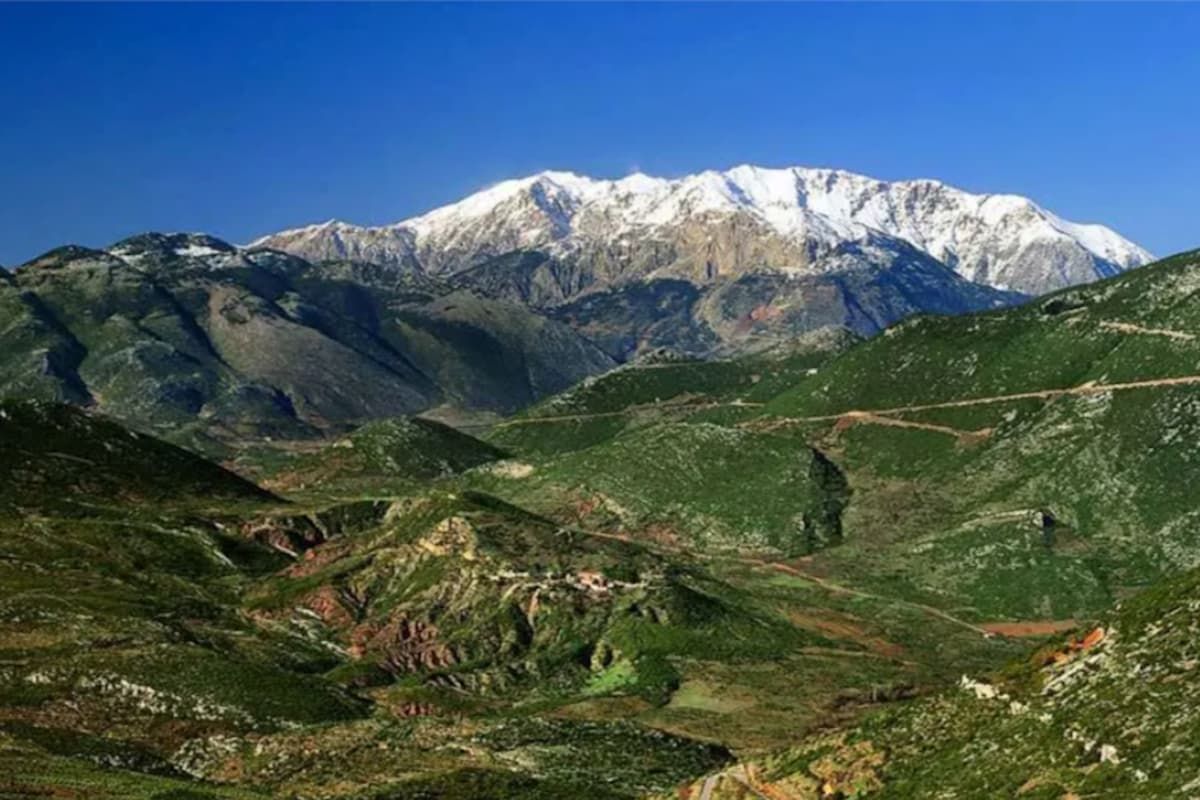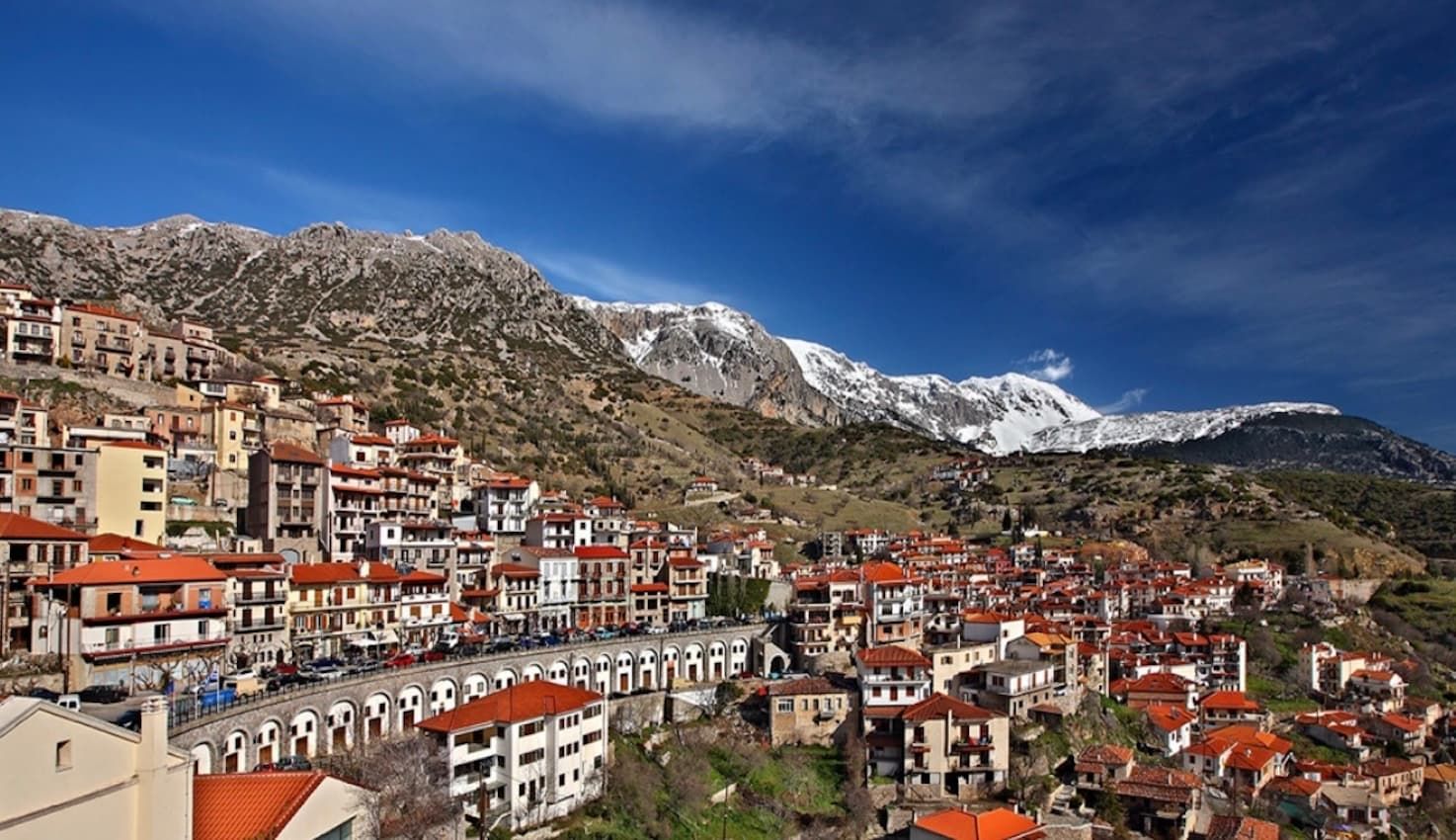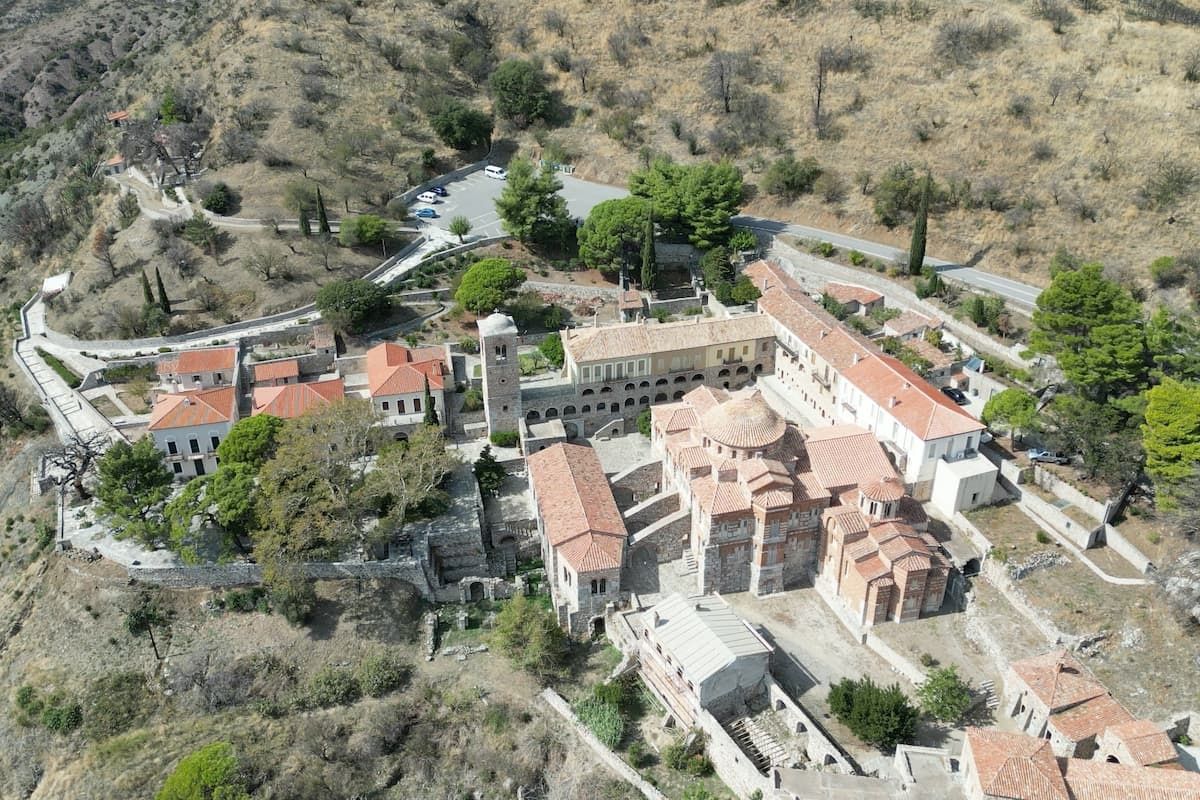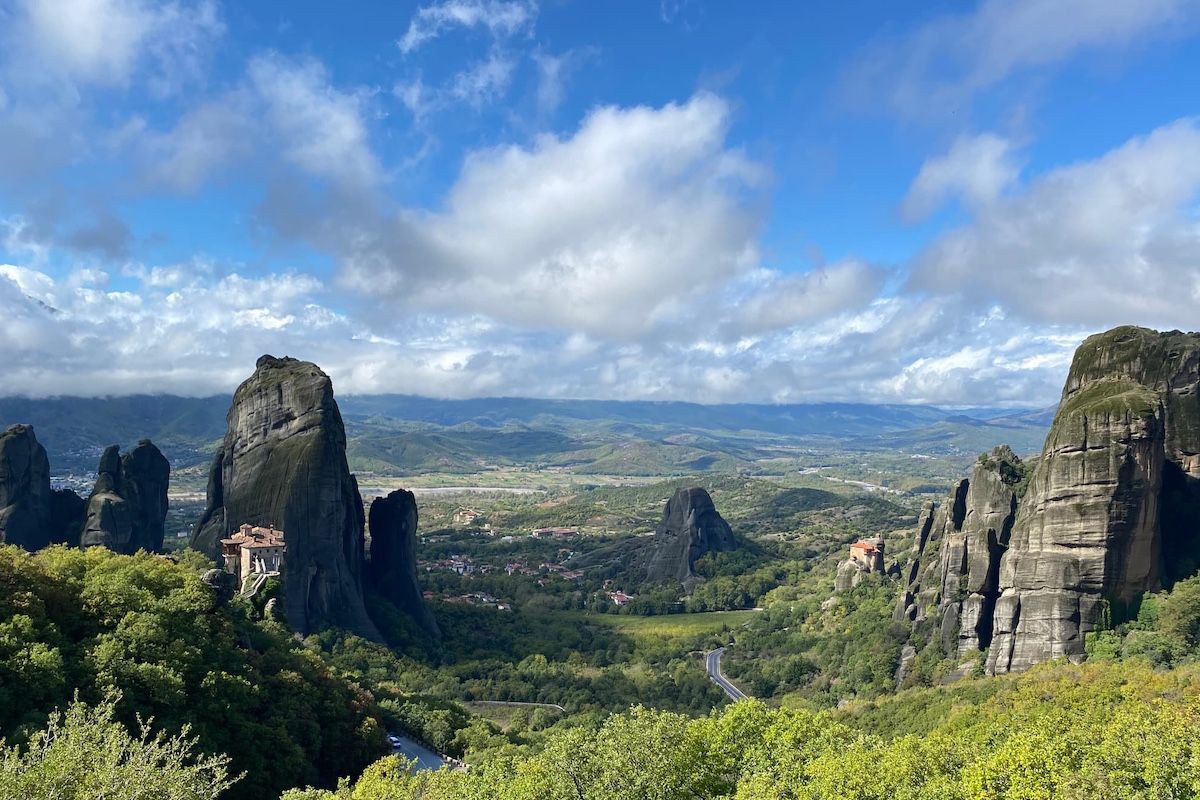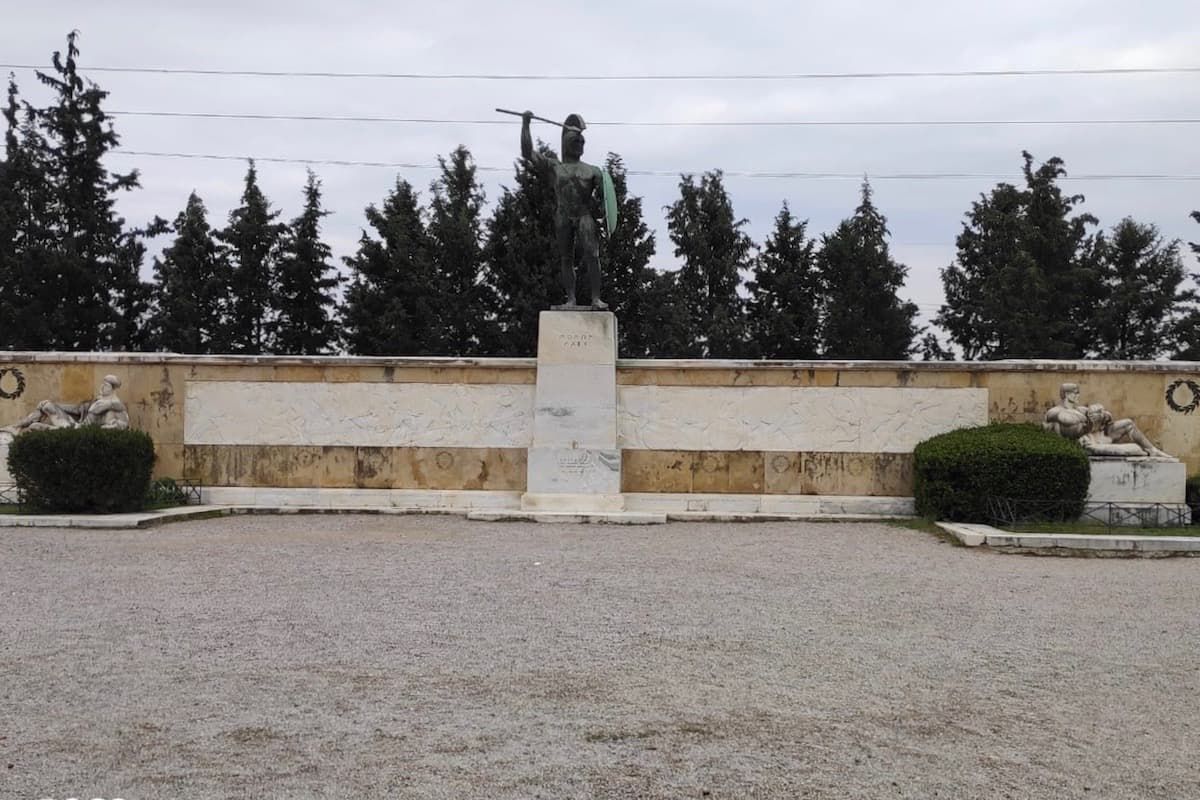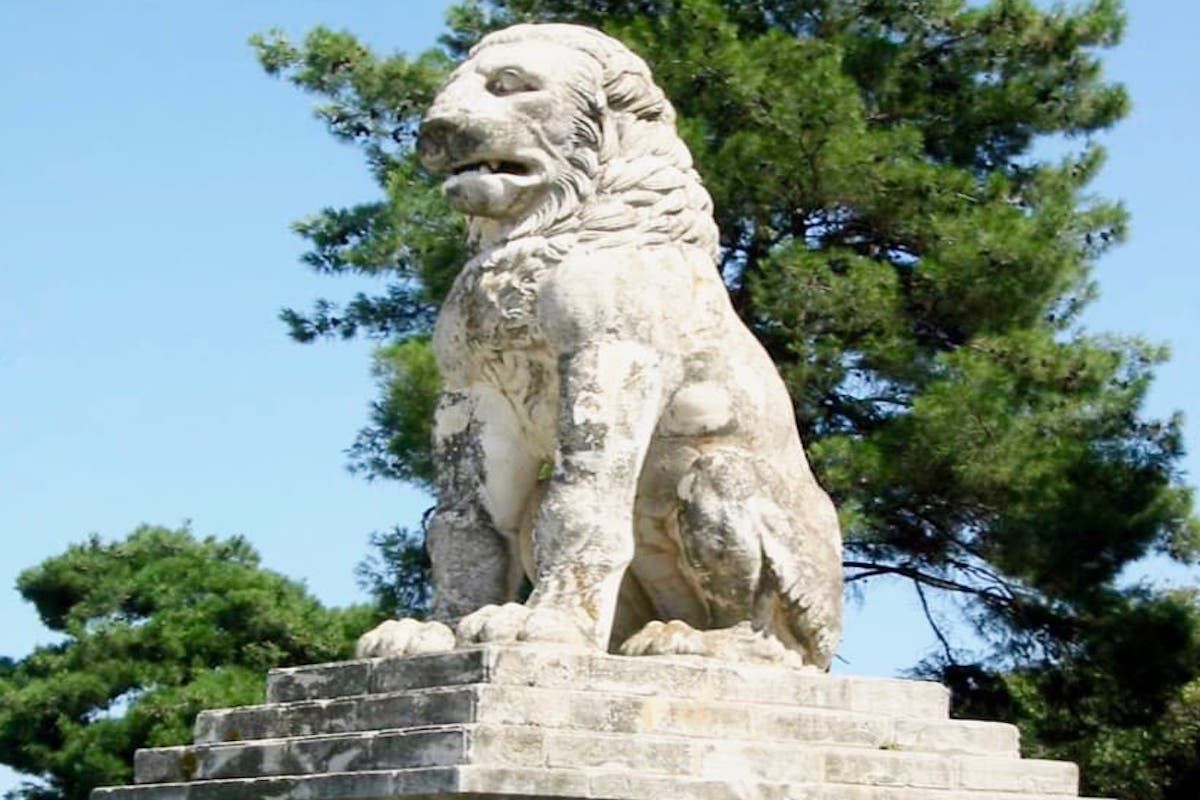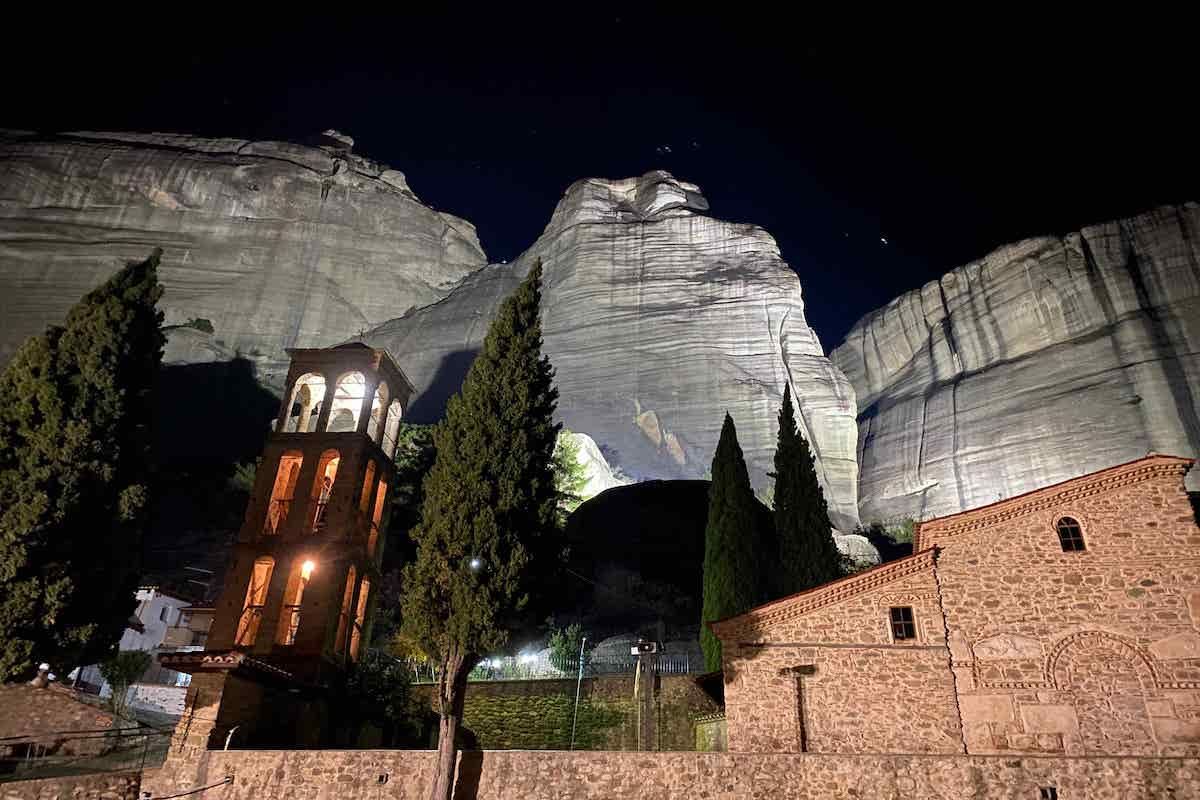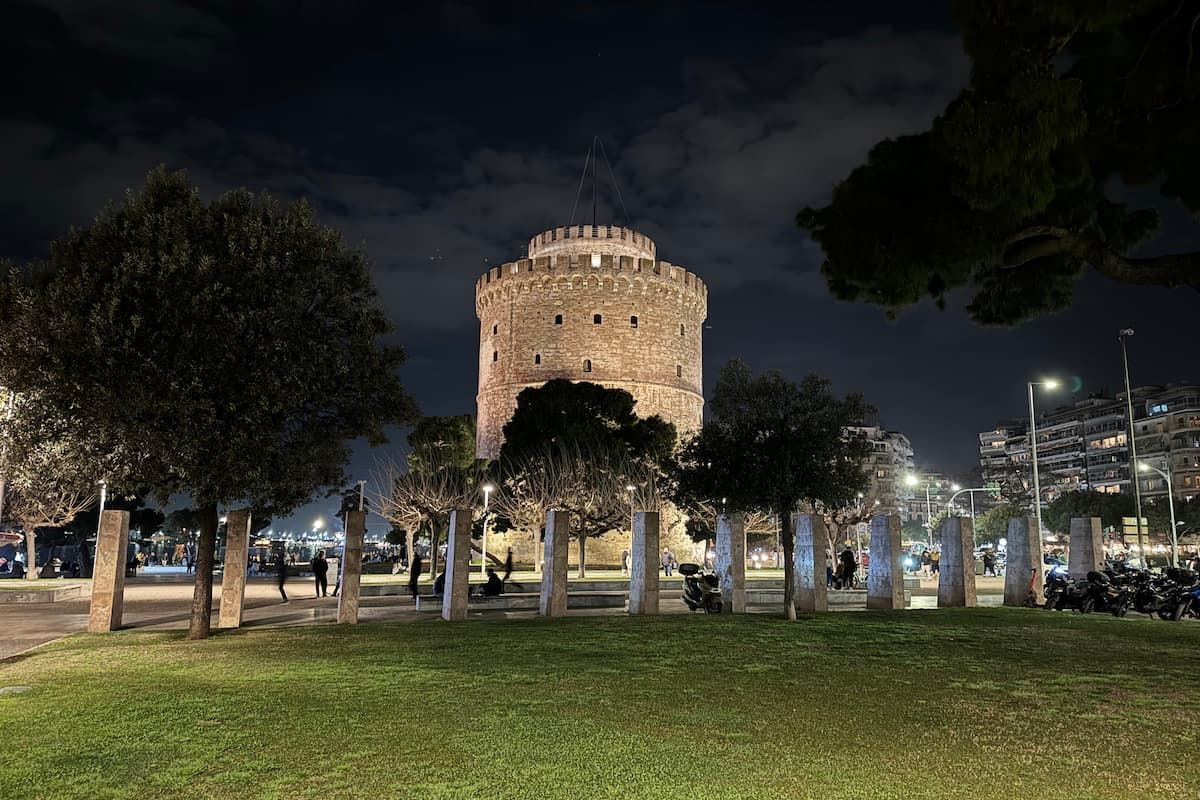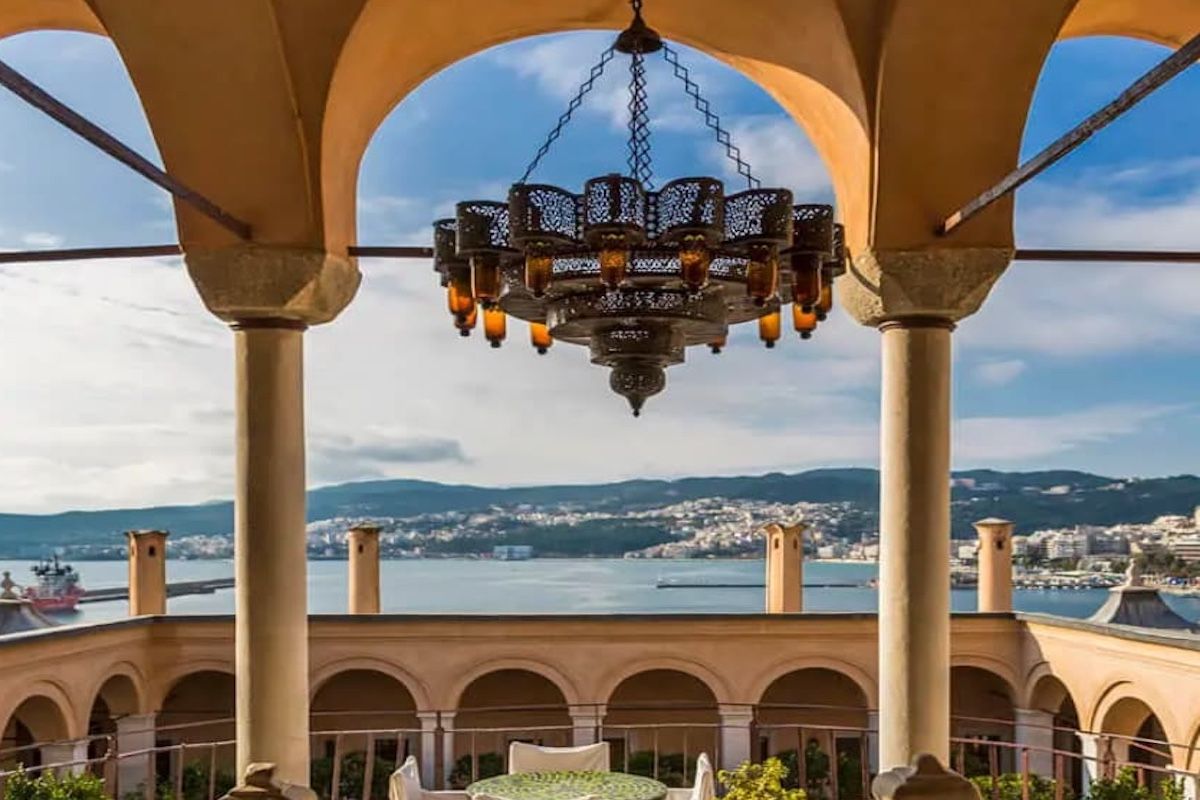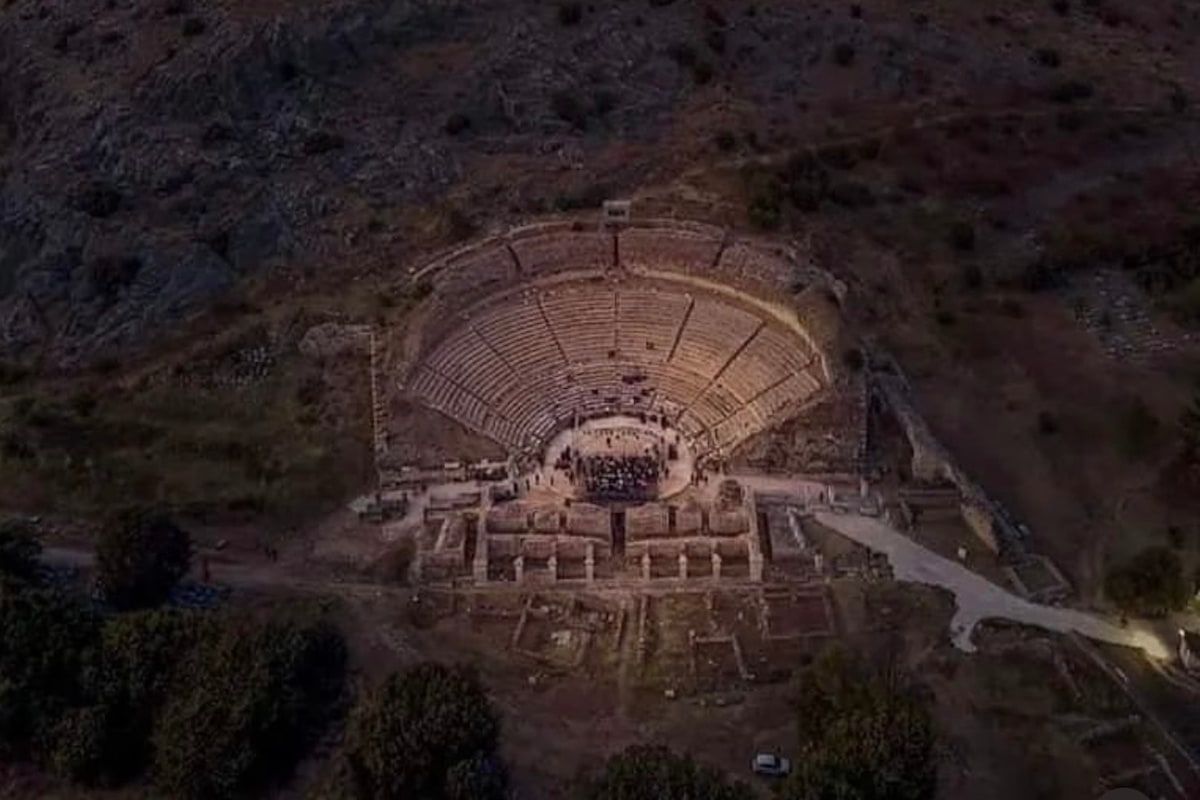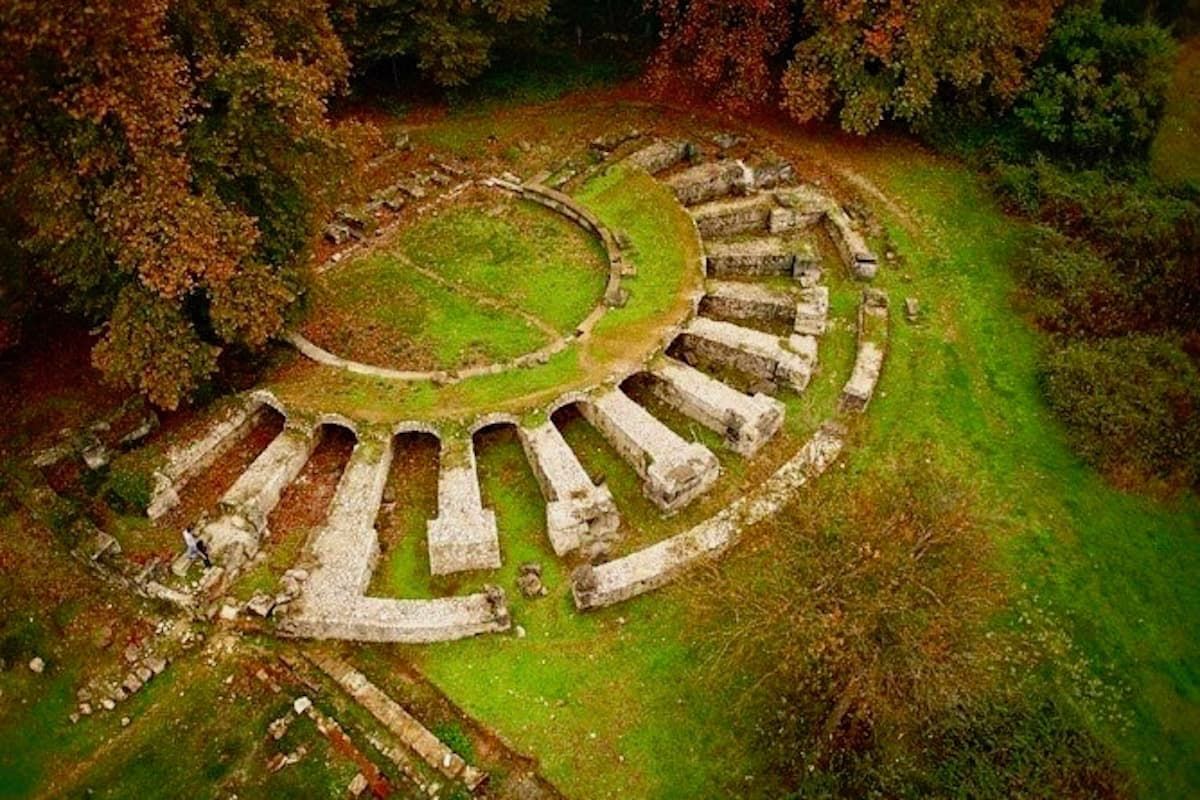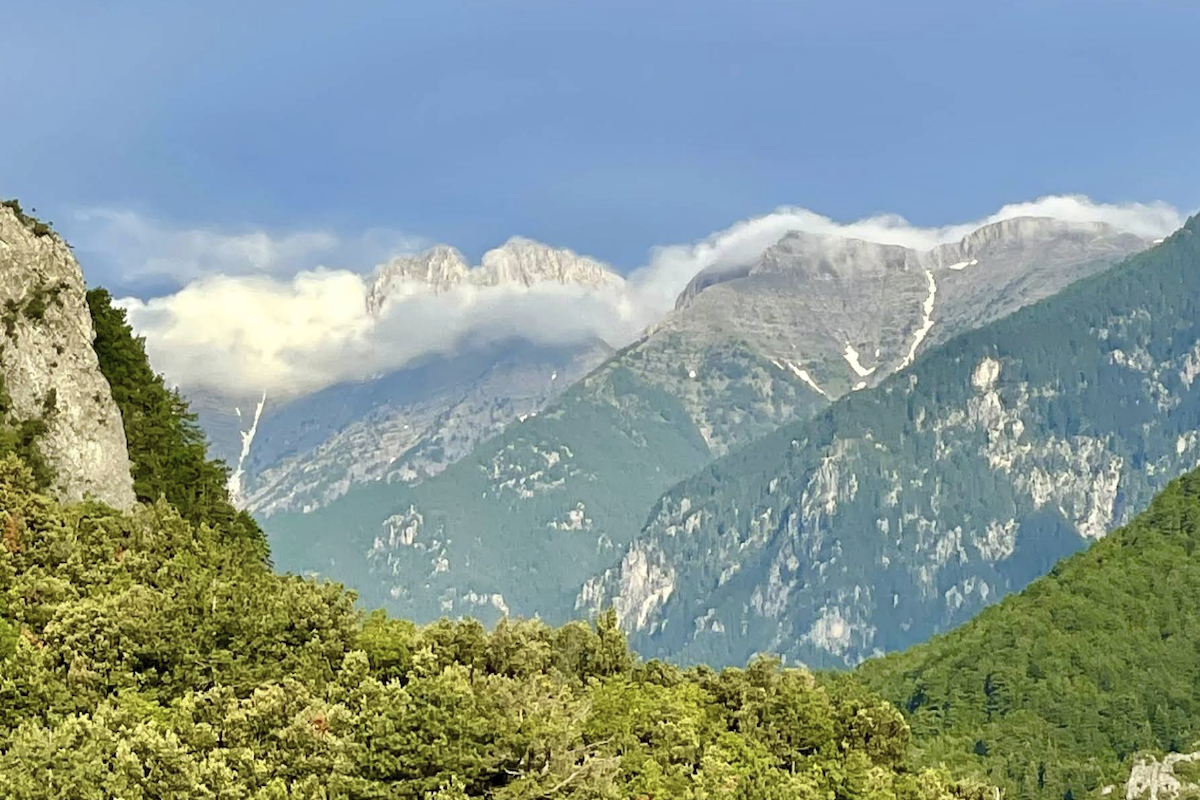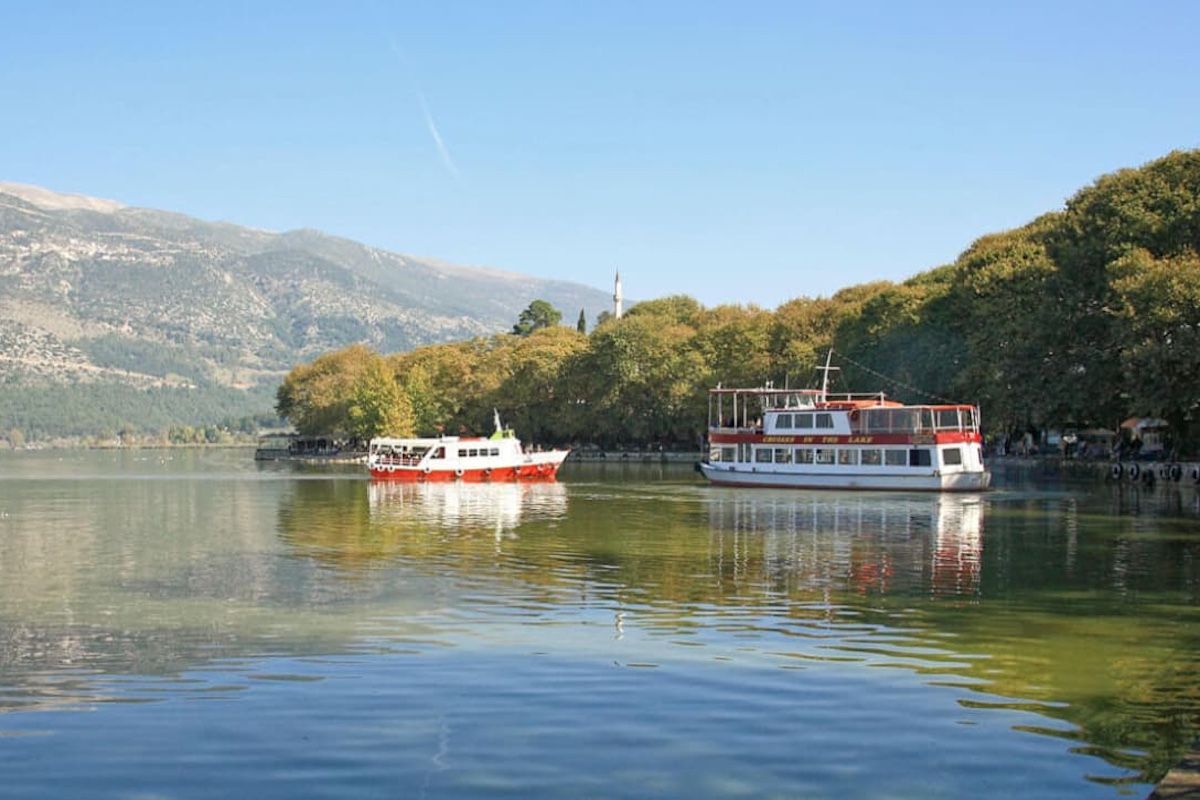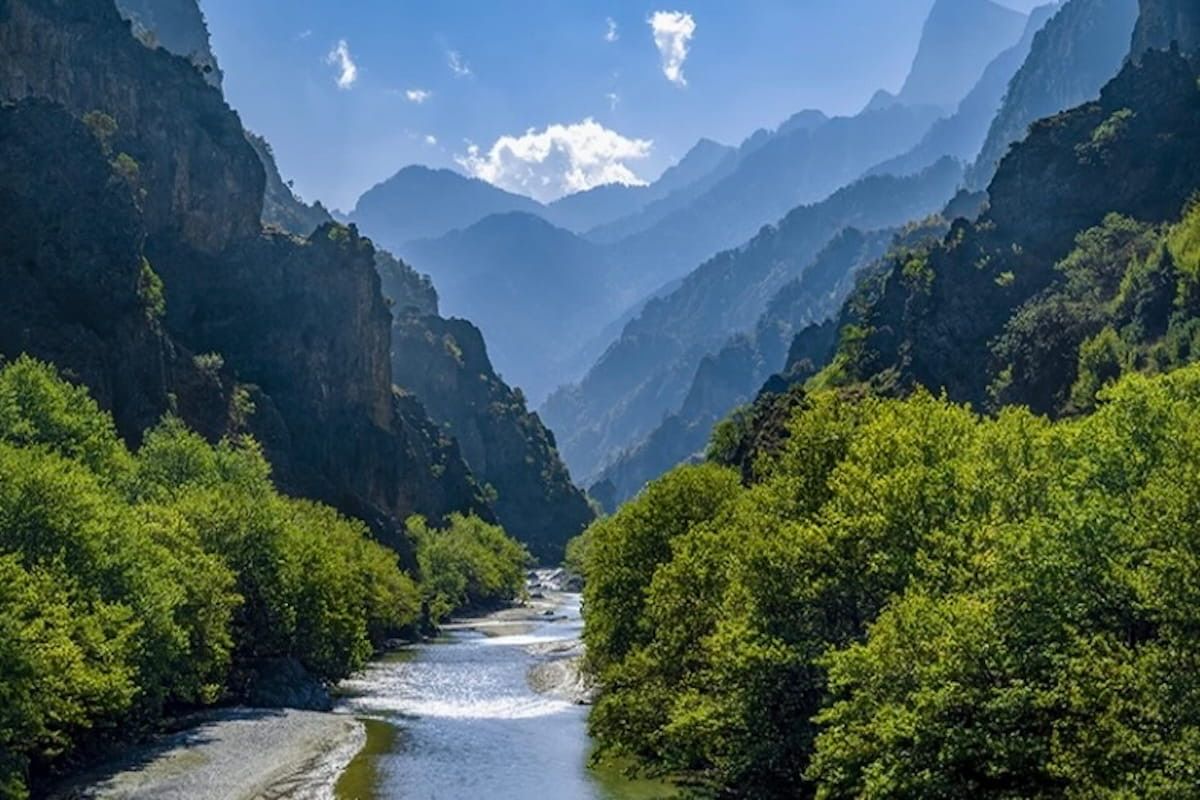Sparta, nestled between the Taygetos Mountain and the Evrotas River, is renowned for its military prowess and the historical figure of King Leonidas, who bravely battled at Thermopylae alongside his 300 warriors. Mystras, located just 6 km from Sparta, was founded in 1249 and showcases Byzantine architecture influenced by Constantinople. Following 1834, the inhabitants of Mystras began relocating to modern Sparta. Monemvasia, a fortified town in the southeastern Peloponnese, originated in the 6th century AD and can only be reached via a bridge, reflected in its name, meaning 'single entrance.' The Mani peninsula in the southern part of the Peloponnese is recognized for its rugged terrain, secluded villages, and distinctive architecture, which includes Byzantine churches and towers. The Messenia region boasts stunning beaches such as Voidokoilia, Foneas, Devare, and Taygetus, the tallest mountain in Peloponnese at 2,405 meters. Kalamata, the capital city of Messenia, is situated on the Messenian Gulf, which is believed to be the location of the ancient city of Pharai. It is located 240 kilometers from Athens, taking about two and a half hours to drive. It is a starting point for visiting attractions like Pylos, Ancient Messene, and Ancient Olympia. Ancient Olympia, found in the western Peloponnese, holds great historical importance as the origin site of the Olympic Games, which occurred every four years to honor the gods and unite athletes from ancient Greece. The location boasts well-preserved monuments like the Temple of Zeus and the Gymnasium, which provide valuable insights into ancient Greek culture. Furthermore, the Temple of Epikourios Apollon, referred to as the second Parthenon, is located in Bassae at an elevation of 1131 meters and showcases the architectural excellence of the ancient Greeks, dating back to 420-400 BC.

